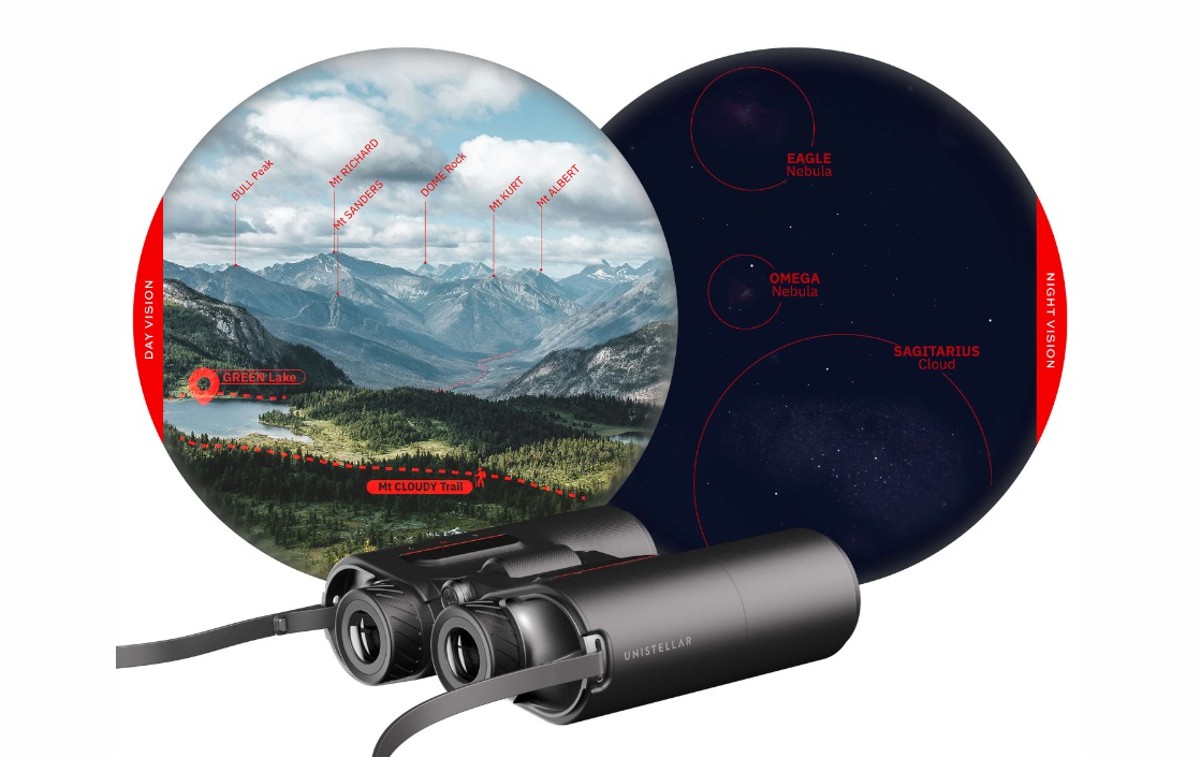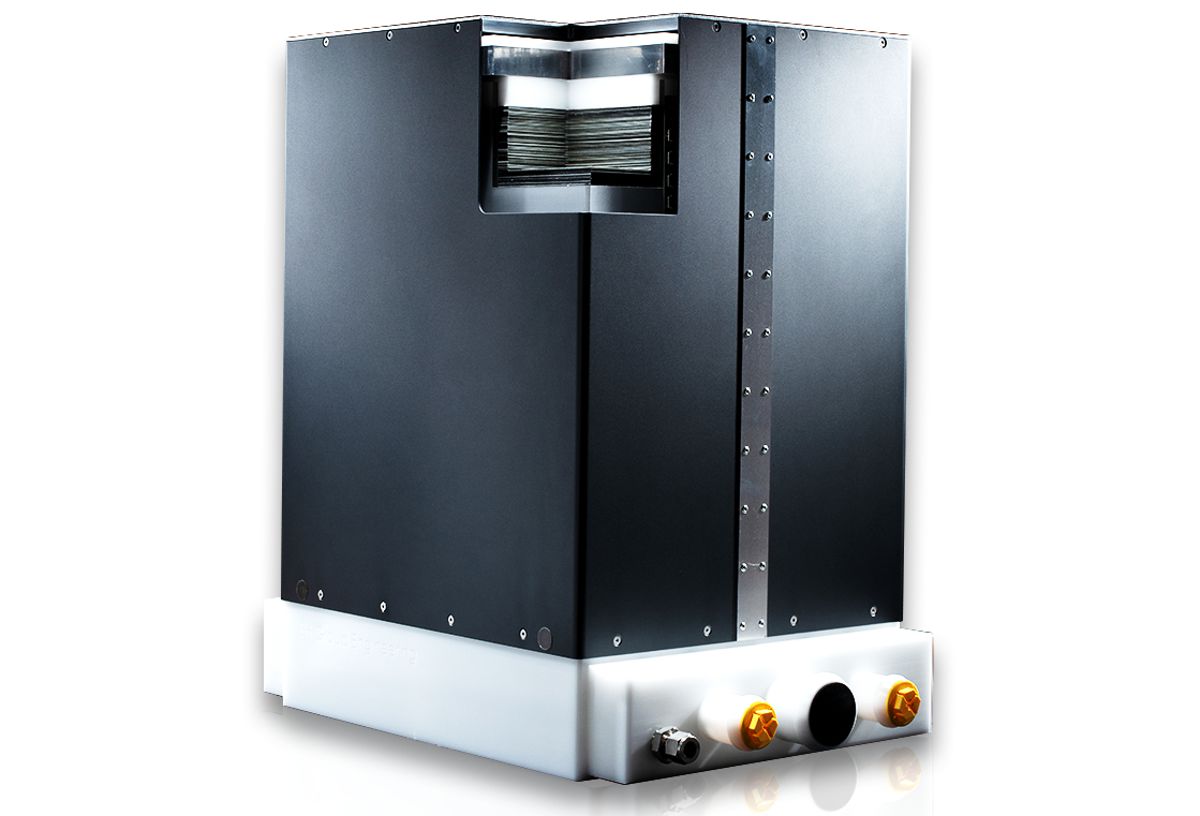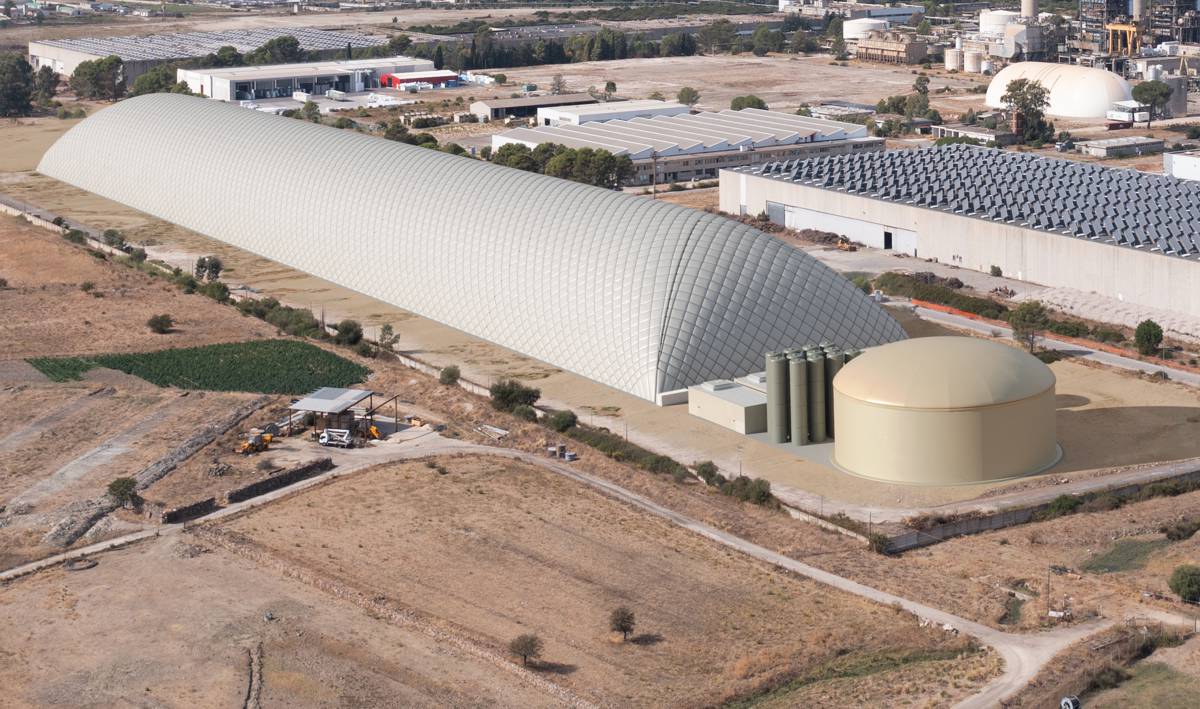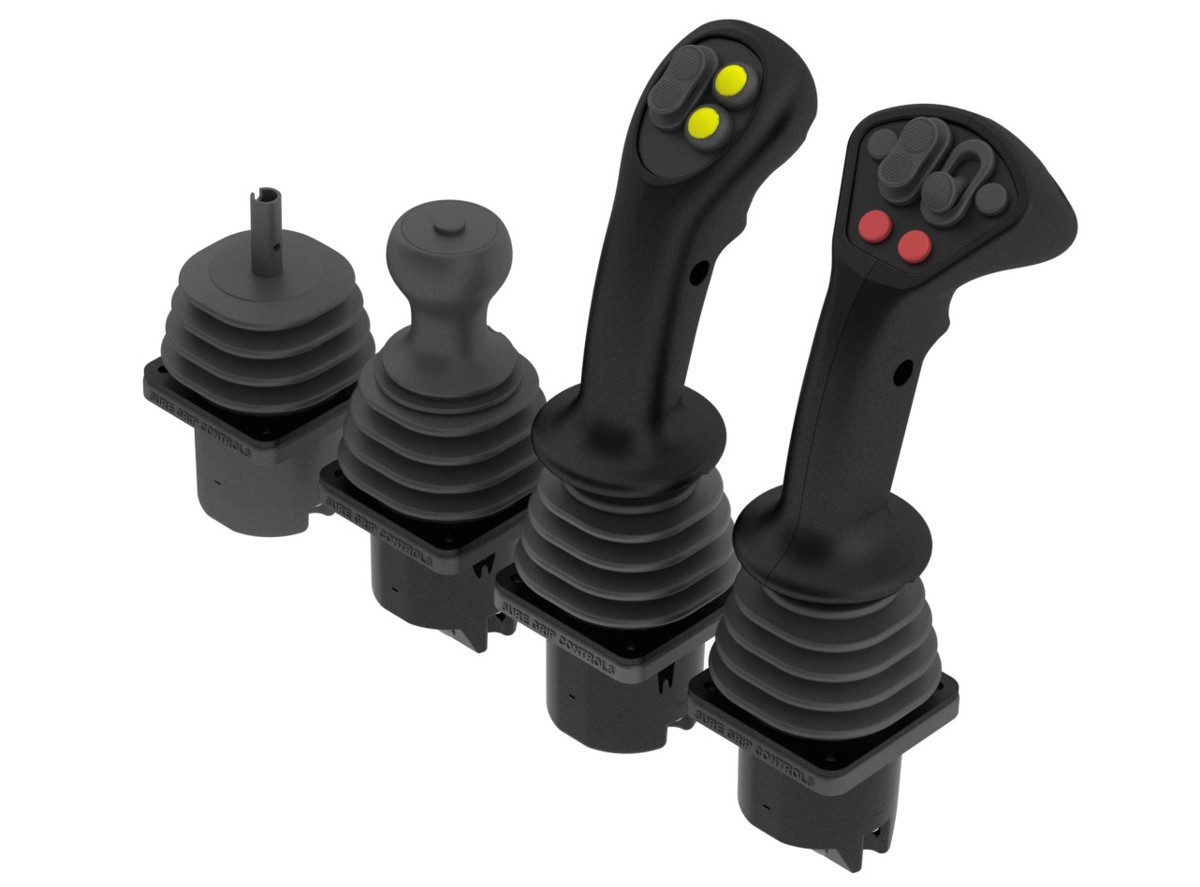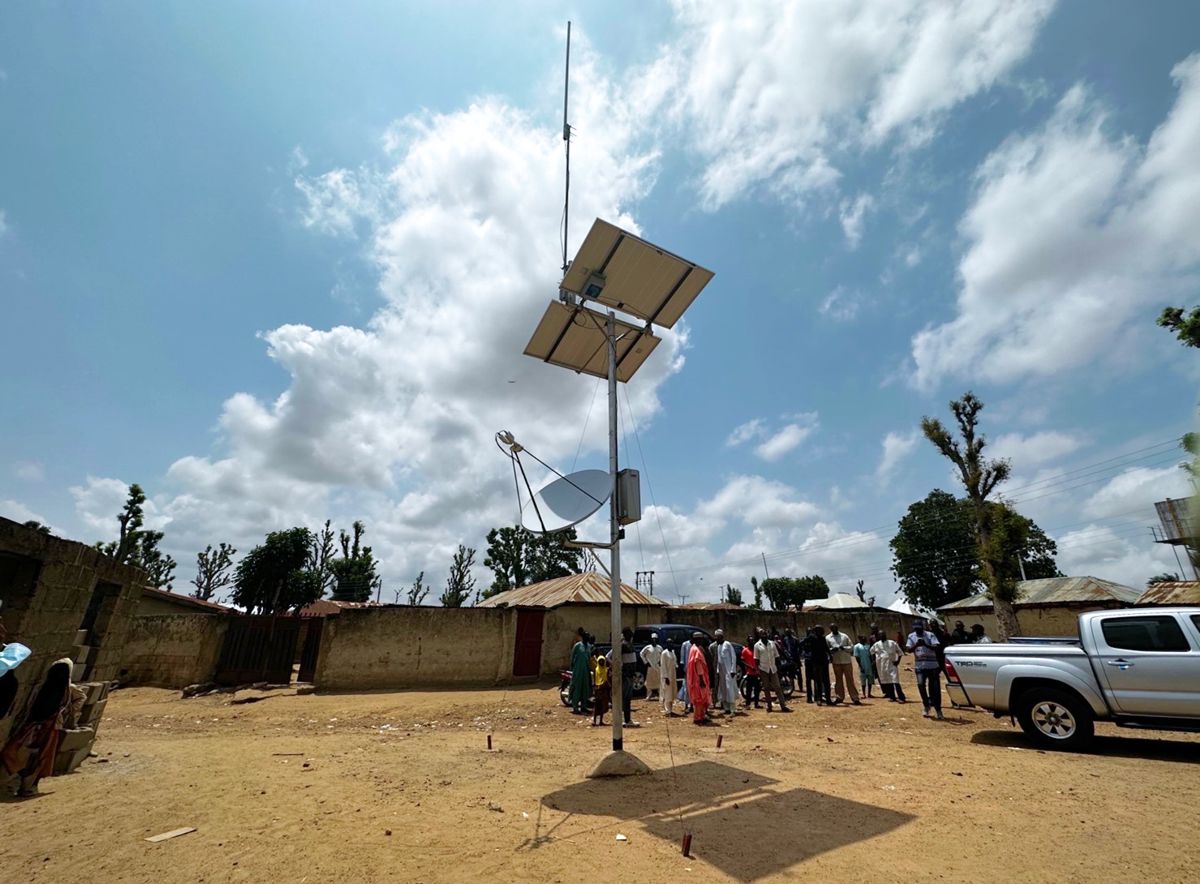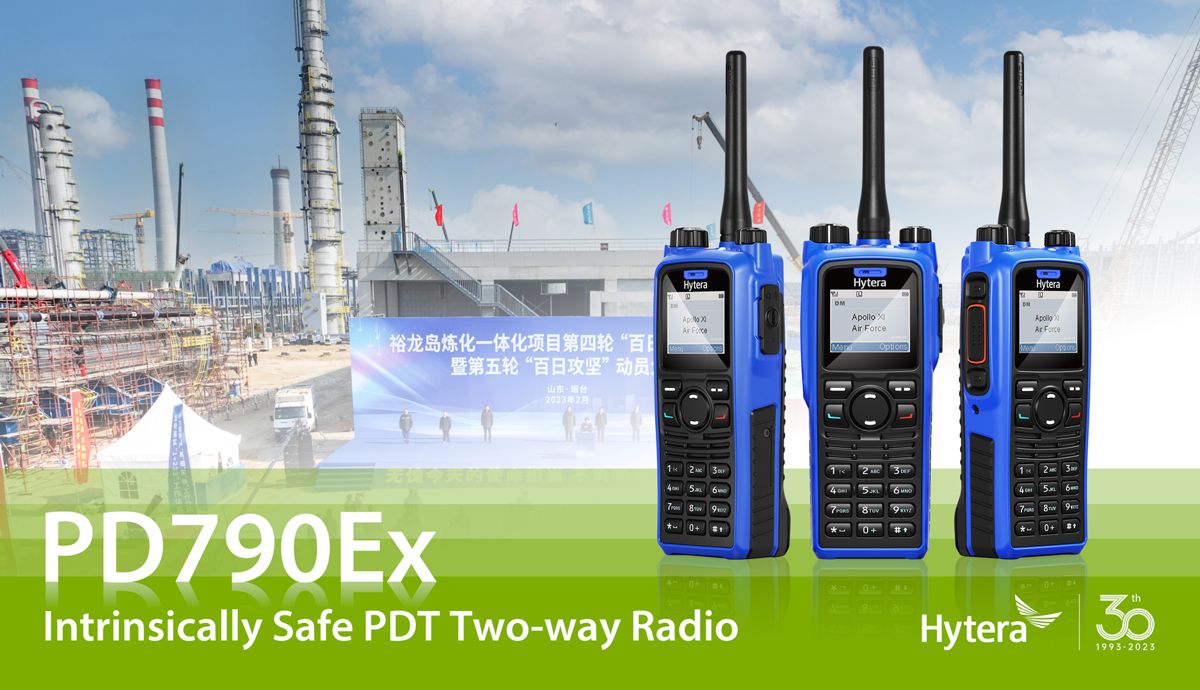Wireless vehicle detection installation is cheaper and better than inductive loops
Efficient traffic light control systems are dependent on knowing where vehicles are and where traffic is building on the roads leading up to them. This intelligence relies on vehicle detection data, which can come from inductive loops or magnetometer sensors.
The method of vehicle detection makes no difference to the signal control, but can make a big difference to the success of the scheme and the disruption to both road users and residents. Recent Clearview installations highlight the variety or reasons why they recommend wireless vehicle detection using magnetometers.
Wireless vehicle detection is: cost-effective
Traffic signal upgrades have been made across key junctions that feed into the M8, M73 and M74 as part of a recent motorway improvement project. Fourteen junctions have been upgraded using the M100 Wireless Vehicle Detection system as it was identified that this would be more cost effective than inductive loop technology over the life of the contract. The M100 Wireless Vehicle Detection system uses a small magnetometer sensor to detect the presence of vehicles. This sensor is placed in the centre of the carriageway, meaning it has less structural impact on the integrity of the road surface and requires little to no maintenance.
Maurice Coll Service Manager, Dynniq commented: “On a scheme as big and important as the M8 improvement programme it is essential to choose the right partners and ensure the technology is fit for purpose. Dynniq has worked with Clearview for many years and we had no worries in using the M100 detection units to work with our traffic signals.”
Wireless vehicle detection is: durable
Hanchurch crossroads in Staffordshire is close to junction 15 on the M6 and leads to a depot for a large haulage company. As such, a high volume of traffic passes through the crossroads and a significant proportion of this traffic is made up of heavy goods vehicles (HGV). This combination of volume and type of traffic caused the inductive loops, originally used as part of MOVA signal control, to fail. This, in turn, caused congestion at the crossroads and the surrounding area.
The M100 system was used to replace these failed loops. Given the position of the M100 sensors in the centre of the carriageway, they are far less likely to be driven over and less subject to issues with the road surface such as potholes. Since installation, the solution has operated faultlessly, proving to be a very durable solution to this challenging location.
Darren Sleight of Staffordshire County Council commented: “Using wireless vehicle detection instead of inductive loops proved an ideal solution to the complex challenge we were facing. The system has proven to be more reliable and resistant to traffic from heavy goods vehicles. It was also quick to install; causing minimal disruption to road users and residents.”
Wireless vehicle detection is: quick to install
The main junction leading to the Borders General Hospital in Scotland had a poor accident record and was identified by both visitors and hospital staff as a dangerous junction to navigate. The decision was made to introduce traffic signals at this junction to improve safety.
Minimising disruption at this very busy junction was crucial while the upgrade was undertaken. Installing the M100 system rather than loops was much quicker. It takes just 15 minutes to install a sensor and allow the fixative to cure. The carriageway can then be reopened. It was also possible to install this vehicle detection one lane at a time, meaning access to the hospital could be maintained.
Jim Reid, Amey, highlighted the minimal disruption when commenting on the scheme: “To enable us to meet a timescale set by the client, Transport Scotland, effective collaboration was required delivering an innovative solution to a dangerous junction. This close collaboration resulted in us producing a scheme, which, not only improves road safety, but reduces driver confusion and therefore danger. Furthermore, it was completed whilst the junction was open, keeping disruption to emergency services to a minimum during the construction works.”
The speed of installation has the added benefit of reducing the time road workers spend in the road, so reducing the risks faced by your installation engineers.



